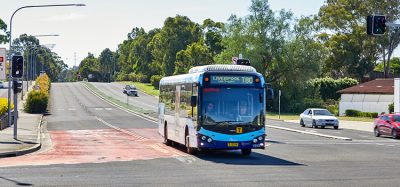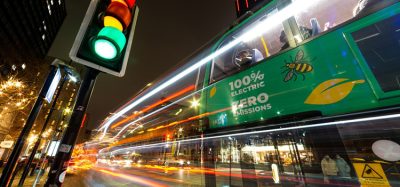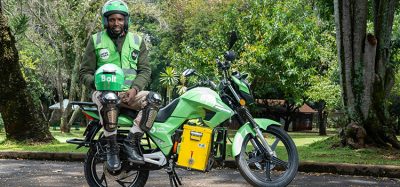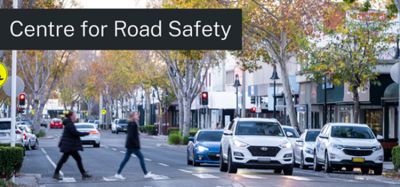Achieving roaming, scalable MaaS
- Like
- Digg
- Del
- Tumblr
- VKontakte
- Buffer
- Love This
- Odnoklassniki
- Meneame
- Blogger
- Amazon
- Yahoo Mail
- Gmail
- AOL
- Newsvine
- HackerNews
- Evernote
- MySpace
- Mail.ru
- Viadeo
- Line
- Comments
- Yummly
- SMS
- Viber
- Telegram
- Subscribe
- Skype
- Facebook Messenger
- Kakao
- LiveJournal
- Yammer
- Edgar
- Fintel
- Mix
- Instapaper
- Copy Link
Posted: 7 June 2020 | Jacob Bangsgaard - ERTICO and MaaS Alliance | No comments yet
Jacob Bangsgaard, CEO at ERTICO and President of the MaaS Alliance, gives his takes on the ever-evolving MaaS concept, and offers advice on how to develop and implement successful MaaS schemes.


Establishing a productive partnership and collaboration in this new multi-stakeholder reality presents huge opportunity, but can also be one of the biggest challenges
I think this has been part of the reason for the MaaS Alliance’s success; as a public-private partnership, it has been in the right place at the right time to support this transformation.
Looking at the future, I think that the progress made over the past five years, as well as the very recent and painful learnings from the COVID-19 crisis, only serve to build users’ desire and need for smarter, more comfortable mobility solutions.
What do you think of the progress that has taken place in the urban transport sector since the MaaS Alliance was founded?
The whole urban mobility landscape has changed in the last five years. The most visible change is the availability of new and more mobility options for users, encompassing shared mobility services, e-scooters, e-bikes, new MaaS solutions and more. The majority of these were not available five years ago, or at best were in their infancy.
This development and growth in services is a strong signal that there was some unmet and unexplored demand when it came to urban mobility. What is also typical for these new services is that, in many cases, they are initiated and offered by private companies, and not necessarily procured by cities. This has created a completely new dynamic within the transport sector, increasing the variety of services available, shortening the time required to bring them from research and innovation to market, and introducing new kinds of competition to the market. This sounds like a cliché, but establishing a productive partnership and collaboration in this new multi-stakeholder reality presents huge opportunity, but can also be one of the biggest challenges.
Establishing a productive partnership and collaboration in this new multi-stakeholder reality presents huge opportunity, but can also be one of the biggest challenges
I think this has been part of the reason for the MaaS Alliance’s success; as a public-private partnership, it has been in the right place at the right time to support this transformation.
Looking at the future, I think that the progress made over the past five years, as well as the very recent and painful learnings from the COVID-19 crisis, only serve to build users’ desire and need for smarter, more comfortable mobility solutions.
Looking at existing examples of working MaaS pilots and programmes in the market, do you think private and public sector organisations have become better at collaborating?
There are some very good examples of cross-sector collaborations and many things that could be done better. However, we cannot expect big transformation and cultural changes to just happen overnight. The biggest drivers for every successful collaboration are common interests and trust. I have been working for many years advocating road safety, which is a crucial element for physical transport services. Similarly, trust is a crucial element for the digital economy. Institutions and regulators in the EU and worldwide have already taken important steps to strengthen the trust within the ecosystem. For instance, the GDPR was the trust-building mechanism towards users and now we have to manage to create similar trust‑building mechanisms for business-to-government, government-to-business and business-to-business interfaces.
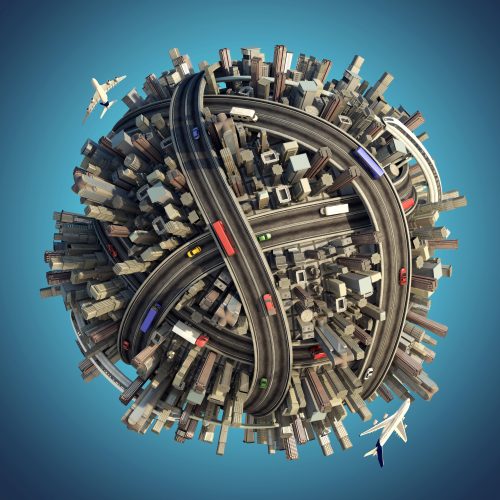

Speaking of aligned interests and incentives, there are quite complex financial subsidies allocated to different transport solutions and infrastructure. Bold re-regulation that also takes incentives into consideration might be needed; we know that taxation and company car policies play a significant role in encouraging or discouraging MaaS solutions and other sustainable forms of mobility. An interesting example of new thinking here is the Belgian mobility budget, where employees who currently benefit from a company car can now choose a mobility budget instead of a car and use the allocated budget for various, more sustainable mobility services. An access to a mix of various services can be easily provided through a MaaS app.
What advice would you give to cities and regions looking to implement MaaS?
Although we at the MaaS Alliance are working to revolutionise transport globally, we have to remember that for smart mobility solutions you need to genuinely understand the local conditions and culture, as well as the nature of supply and demand. I believe that the starting point is to identify the biggest local problem you want to use MaaS to help with, whether that’s congestion, poor air quality, lack of access and connection, people feeling unsafe while in transit, or otherwise.
MaaS would be the perfect way to accomplish the European vision of a single European Transport Area and the free flow of people and goods across borders
The role of public authorities in MaaS is one of the most discussed questions. There are various ways to implement MaaS, but a close collaboration between public and private partners is always needed because MaaS is such a complex service. In terms of customer experience, it is only as strong as its weakest link and can be sensitive to bad weather, poor transfer facilities, delayed services and many other aspects. Getting business models, incentives and liabilities right for everyone in the value chain is very important in order to provide the best service for end users. Regardless of what business model – publicly or privately led – is chosen, we at the MaaS Alliance strongly encourage an open ecosystem approach where the user would have several options to choose from.
One important aspect here is to understand that although people mostly move and operate in the domain of one city or region, covering only one area might not be enough to fulfil all their mobility needs, so we are also looking for roaming services which would provide end users with a seamless service experience anywhere. This is another area that policymakers should really assess from the users’ point of view, far from the administrative borders.
For me, MaaS would be the perfect way to accomplish the European vision of a single European Transport Area and the free flow of people and goods across borders. The same applies naturally outside Europe. In order to flourish, an open MaaS ecosystem requires a high level of data sharing, fair competition and market access, as well service integration – including ticketing and payments. These are also the main fronts of the MaaS Alliance, internally within its working groups as well regarding its external efforts, shaping business and regulatory environments for scalable and roaming MaaS solutions.
Biography
Jacob Bangsgaard has been the CEO of ERTICO since January 2017. His expertise lies within strategy, management, advocacy, economics, intelligent transport systems, MaaS and road safety. He is also President of the MaaS Alliance
Related topics
Mobility Services, Multimodality, Passenger Accessibility, Transport Governance & Policy, Travel & Passenger Information
Issue
Issue 2 2020
Related organisations
MaaS Alliance




